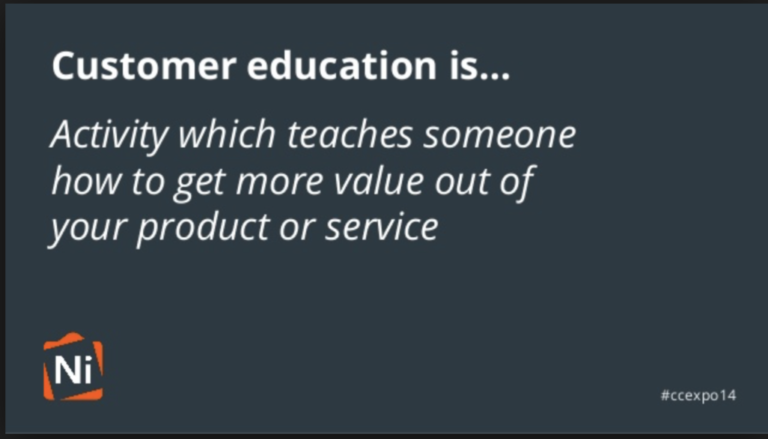Customers of companies that sell products or services are the most significant consumer of educational services. This audience includes the individuals who sign up for classes at the Apple store, corporate professionals who sign for classes to obtain CEUs and industry certification, and individuals who sign up for online courses on platforms like Lynda.com. Academics, who study this topic, refer to customer education services as pervasive and steadily increasing. In one 2012 article for Chief Learning Officer Magazine Perry explicitly argued that the audience for corporate customer education is larger than that of employer-based education programs.
Over the last ten years, US companies have begun showing increased interest in customer education mainly because these programs shifted from being perceived as a vehicle for improving functional competency to be viewed as opportunities for product differentiation and a means to increase revenue.
The prevalence of customer extends beyond the shores of the United States. The European Union made consumer education part of the general objective of consumer protection over 30 years ago. Europeans view customer education as a competitive strategy that will help obtain and maintain satisfied customers and ensure that customers have a favorable view of the company.
This shifting view of customer education has even caused a debate in academia about whether students should be viewed as merely students, or looked upon as customers from whom the university can realize repeat purchases in the form of continued enrollment, or referrals to new potential customers/students.
In the corporate sector, this increased interest has manifested itself in the form of increased spending on the function. This increased investment, however, has implications demonstrated by more focus on measurement and evaluation by the clients and sponsors of educational programs. It has also catalyzed for business leaders to exert pressure on all education managers to prove that those investments are providing substantial returns.
However, calculating the business impact of customer education programs has proven to be a difficult task. In addition to the structural and organizational challenges, studies suggest that the current methodologies used to provide evidence of the business impact of educational programs are lacking. In my next blog, I’ll discuss some alternative approaches for measuring the effects of learning.
